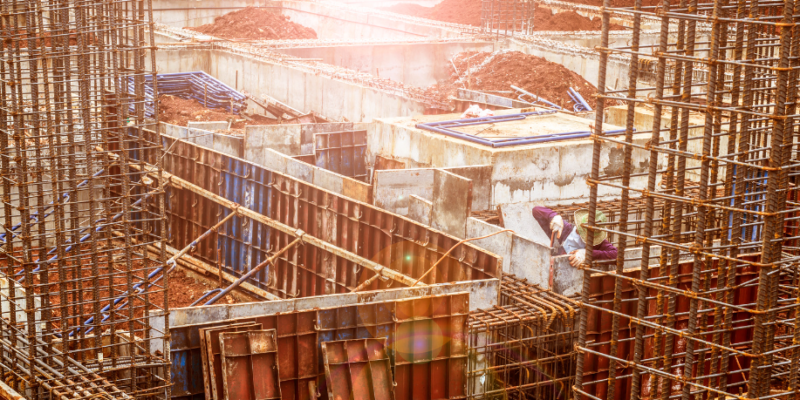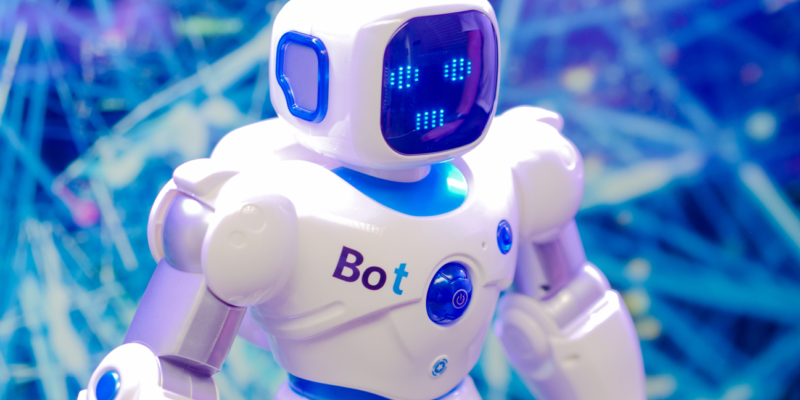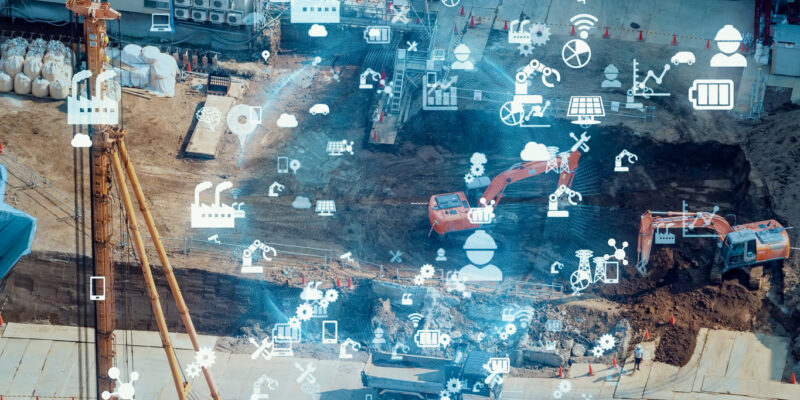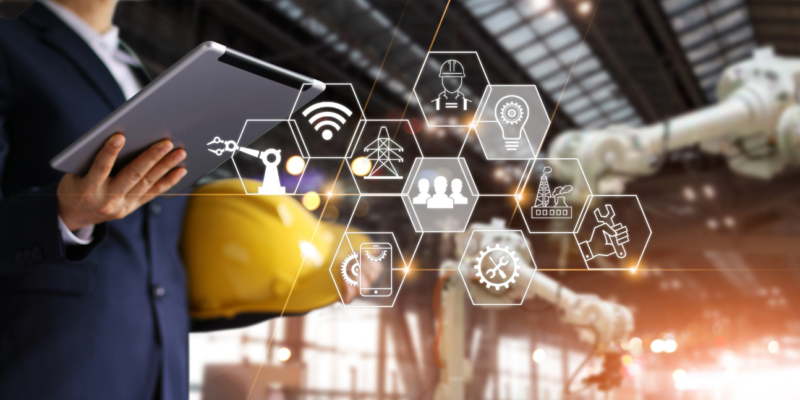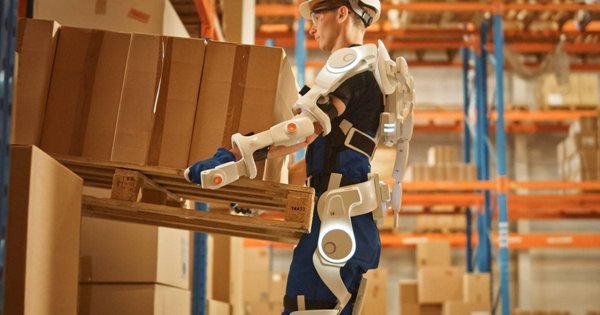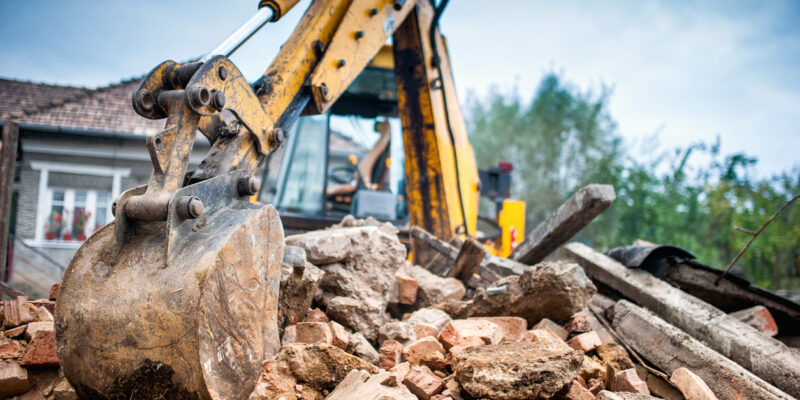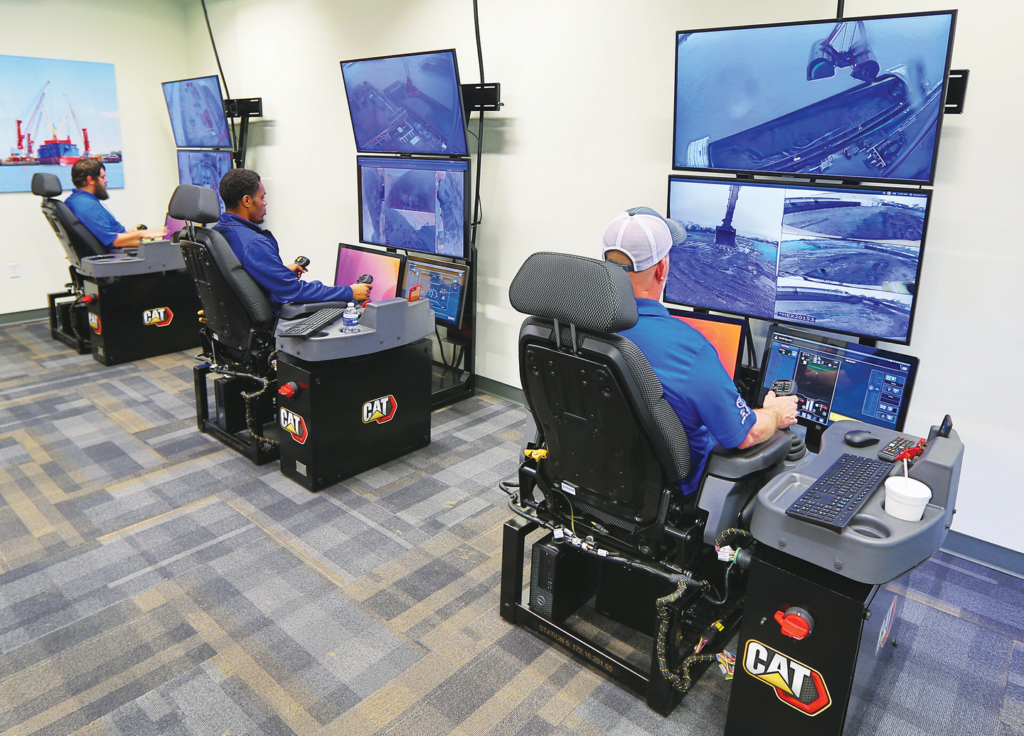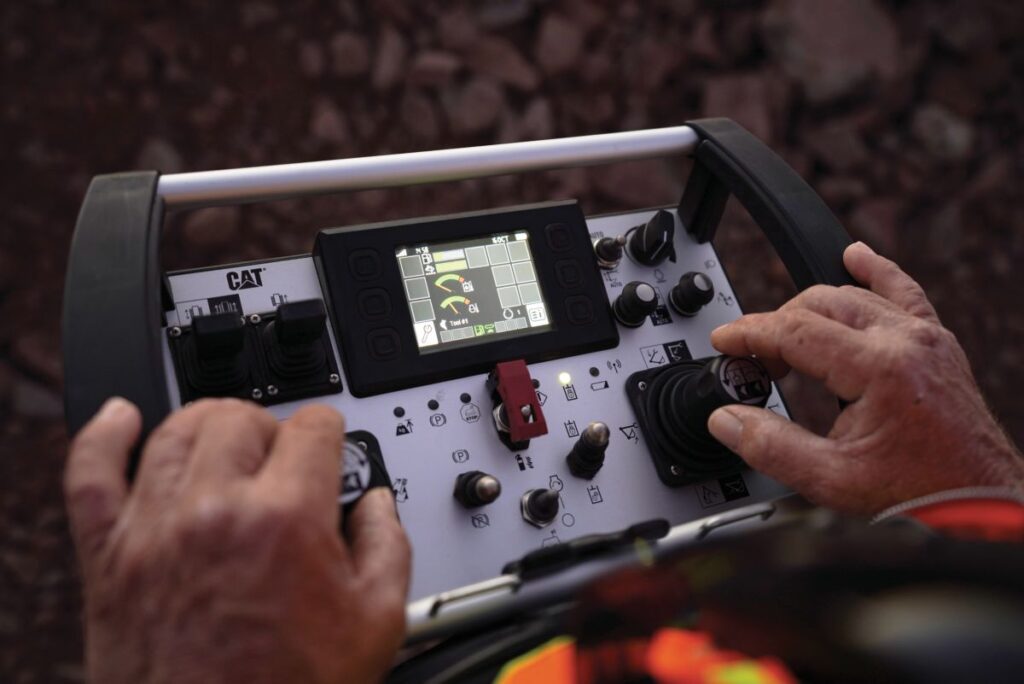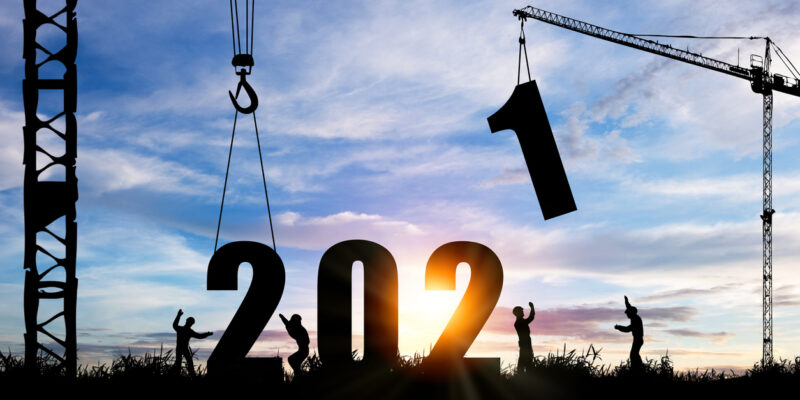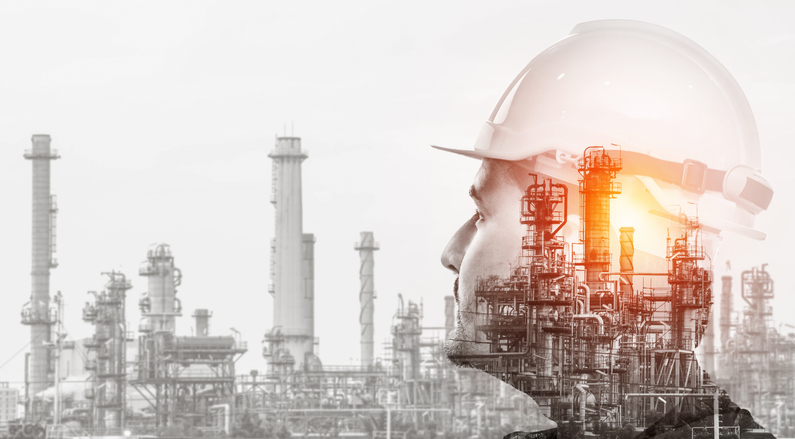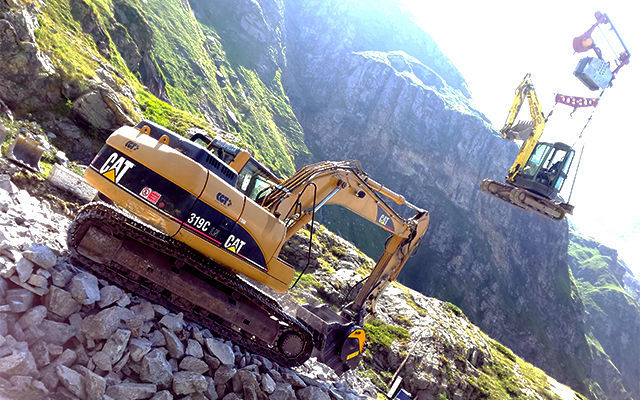When most people think of algae, they think of cleaning out fish tanks or the floating stuff on ponds. The scientists at Prometheus Materials aren’t most people, though, and they have found a different use for algae: as the key component of their newly developed, zero-carbon cement mixture.
Hard Impact
Cement is one of the most widely used building materials in the world, but comes with a large carbon footprint that contributes to environmental disasters. The chemical reaction that creates cement releases carbon into the atmosphere, accounting for about 8% of carbon emissions worldwide. It’s also responsible for using 10% of the world’s industrial water, and using large quantities of an ever-dwindling sand supply.
Concrete Reinvented
Fortunately, Prometheus’s new algae mixture may solve this growing sustainability issue. The mixture, first developed at the University of Colorado Boulder, looked at the natural world for inspiration. Similar to the base material that allows oysters to build their shells and corals to grow their reefs, the process combines microalgae (a microscopic form of algae) with water, sunlight, and carbon dioxide. Instead of the chemical reactions that release carbon into the atmosphere, the algae is dehydrated, causing it to bind without any release of carbon. The product is currently listed as carbon-neutral, but lead scientists believe that with fine-tuning it could be made carbon-negative.
Funding for the creation of the sustainable concrete first came from a grant from the Department of Defense, but other groups quickly took notice of the product. While it has been championed by Prometheus, other investors include Sofinnova Partners, Microsoft Climate Innovation Fund, Skidmore, Owings & Merrill, and Amazon, who are working to build their newest Headquarters with low-carbon concrete.
Sustainable Structures
While exact cost is not yet available, in their most recent press release Prometheus described their new cement as “an affordable, strong and durable zero-carbon alternative.”
Some pilot projects are already underway, and they plan to extend their decarbonized alternatives over the next two years to include precast biocomposite elements (ie, roofing tiles, wall panels, sound barriers, and more) and a ready-mix biocomposite. It is their hope that this new ‘bio-cement’ will transform the construction industry, and will lead the way in making sustainable products that can mirror and even exceed the capabilities of available, high carbon products.
At Steadfast Enterprises, LLC, we are passionate about both sustainability and quality, and we are excited to see new innovations like the Prometheus bio-cement appearing throughout the construction industry. We will always be dedicated to providing our clients with modern, efficient, and sustainable solutions to their construction needs. Contact us today to get started on your next project.

